Container Vegetable Garden Ideas
If you are looking for easy container vegetable garden ideas to help you grow a huge beautiful vegetable garden on your back porch, you are in the right place.
Get a list of options you can start urban gardening and grow vegetables no matter where you live.
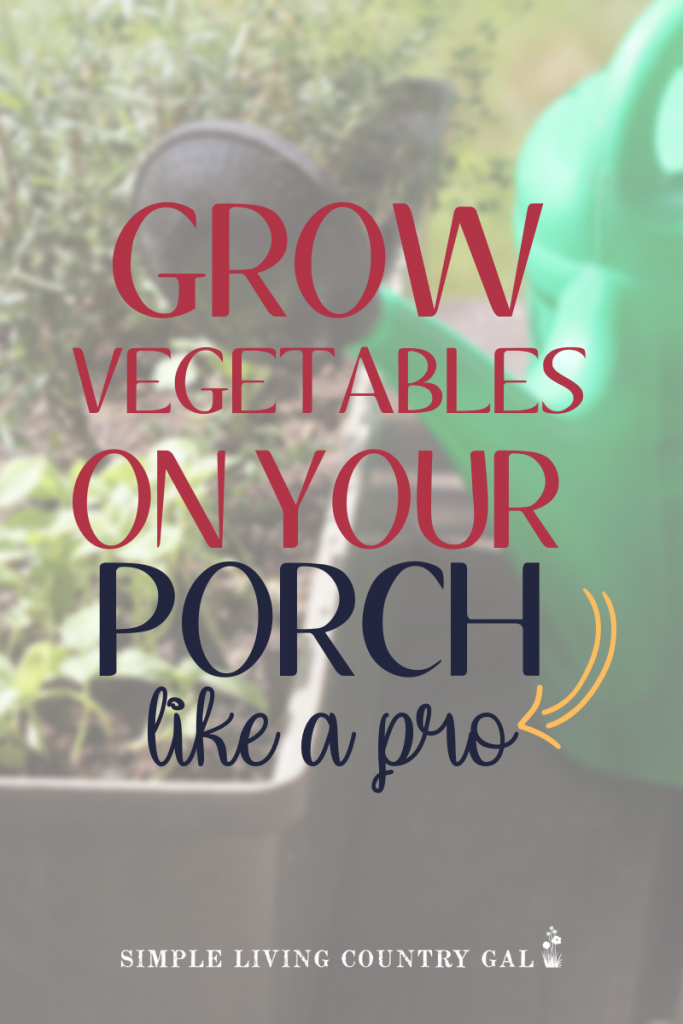
I get emails all the time from readers that long to have a homestead or a large vegetable garden of their own but they feel they can’t because they live in the suburbs or even the city.
Luckily, things are much different today than they were just a few short years ago.
A homestead no longer requires acres of open land or a large barn just waiting to be filled with hay and cattle. You can actually homestead anywhere you live if you are willing to think outside of the box (or the barn) just a bit.
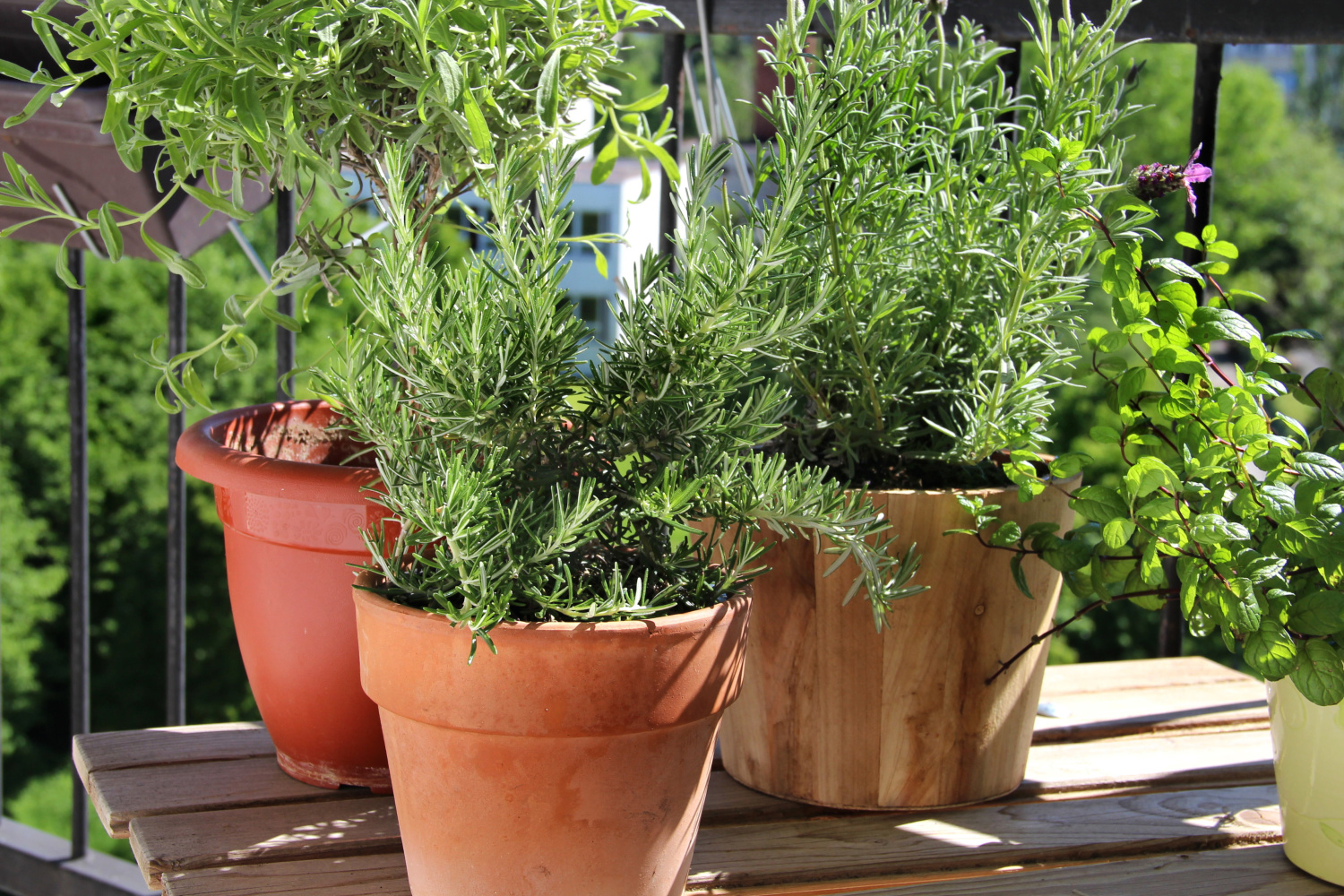
And nowhere is that truer than with gardening.
Gone are the days of large garden plots and the goal of growing more than you need. Today is this world of waste not, our goals are to grow only what we can eat and what we have room to preserve.
When adopting this gardening viewpoint, it is easier to understand the thought behind city homesteading. If you have space that has access to daily sunshine, then you have room for a garden.
How to grow a garden in the city.
All you really need to grow just about any veggie or fruit plant is a container that is big enough for the plant above and the roots below that you are intending to grow.
This is where things can get a bit muddled. Read below for more specific information on what you need for two of the most popular garden plants, but know that variety plays a large role in the size of the container you need especially with tomatoes and peppers.
READ: HOW TO GROW TOMATOES IN CONTAINERS
READ: HOW TO GROW PEPPERS IN CONTAINERS
Before we start talking about the different container options out there, let’s first go over a few things to remember.
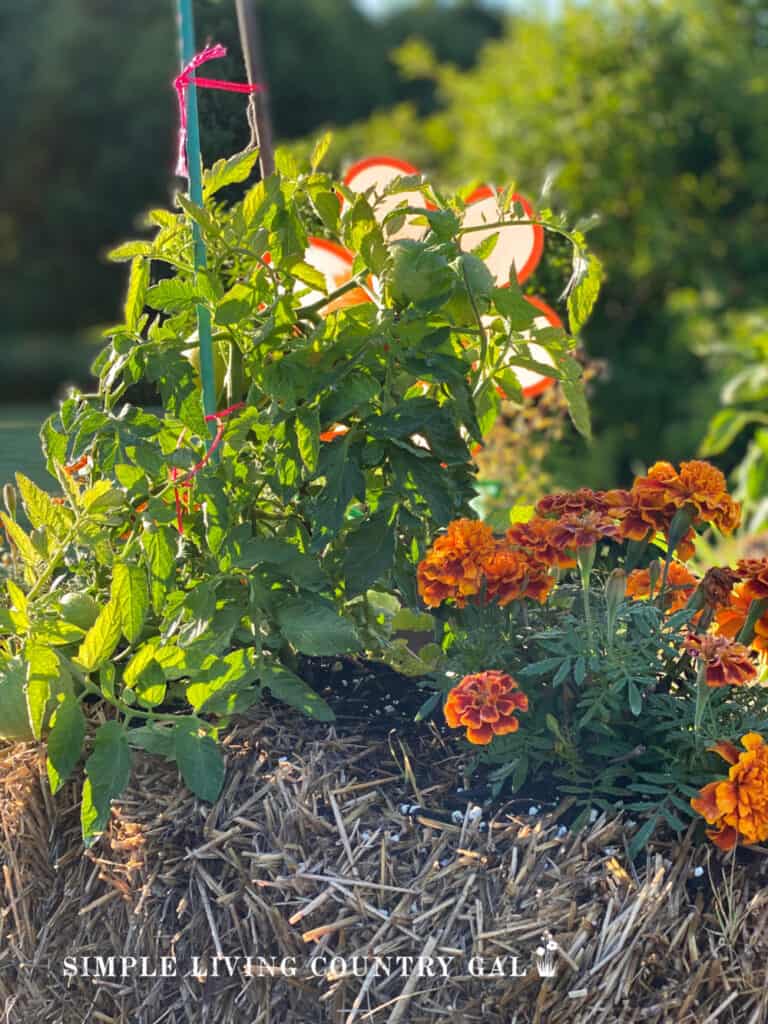
Be careful of the container’s color. The darker the container the more heat it will absorb which can be transferred to the soil of your plant.
Know exactly what the container is made out of. Do not use containers made with pressure-treated wood since these woods contain chemicals that your plants can absorb.
Be sure you have drainage. One of the biggest drawbacks of gardening in containers is using things that do not have enough drainage for excess water to escape. Without holes, you run the risk of your plant roots sitting in a pool of soggy soil. This can rot the roots and, in turn, damage your plant.
What are some Container Vegetable Garden Ideas?
Next up is a list of containers that you can use to grow your vegetables and even some fruit wherever you have a sunny spot around your home.
Buckets
Just about any sized bucket will work for a vegetable patio garden. Since most buckets are pretty deep these work best for larger root system plants such as carrots or top-heavy plants like tomatoes or peppers. Remember to not only look for the best container when growing a top-heavy plant but also supply the support needed for a heavy fruiting plant.
I like to put a few rocks in the bottom of my buckets to keep the roots from lying in the water. This helps to keep the plant healthy and not to get waterlogged.
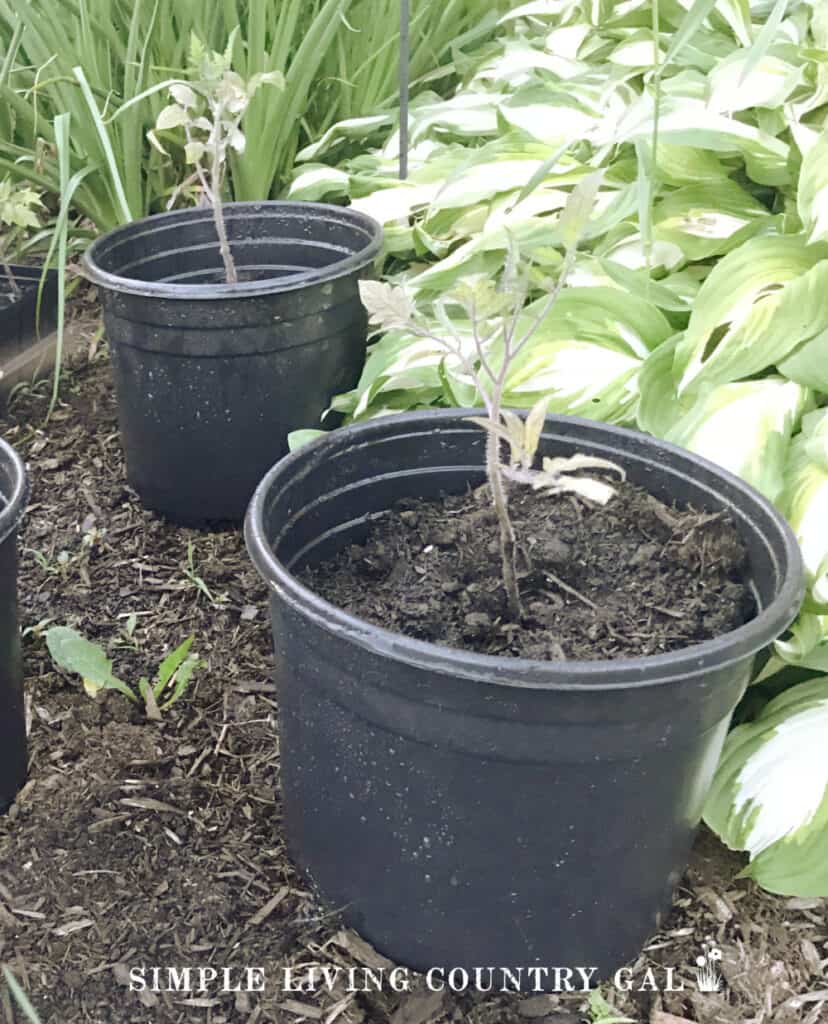
The downfall with buckets is the weight. The larger the container, the heavier it will be when planted. Keep this in mind when choosing a location since moving once a plant is established, and fruiting has begun may be difficult to do.
Terra Cotta pots
Since these tend to be a bit on the smaller side, I prefer to save these for my herbs and other small plants such as lettuce. I love to grow herbs on my patio all summer long, bringing them indoors as the seasons change. This is another perk to using small pots for growing herbs.
Ease of movement from one location to another.
Having a variety of herbs close by is not only are they great to have when cooking in my kitchen but they look inviting and smell lovely.
A few things you will want to remember with these types of pots is that the clay tends to absorb water, so you may need to water these plants more frequently.
For this reason, I like to keep my small containers in the partial sun rather than full sun. This also helps to keep things moist longer throughout those hot summer days.
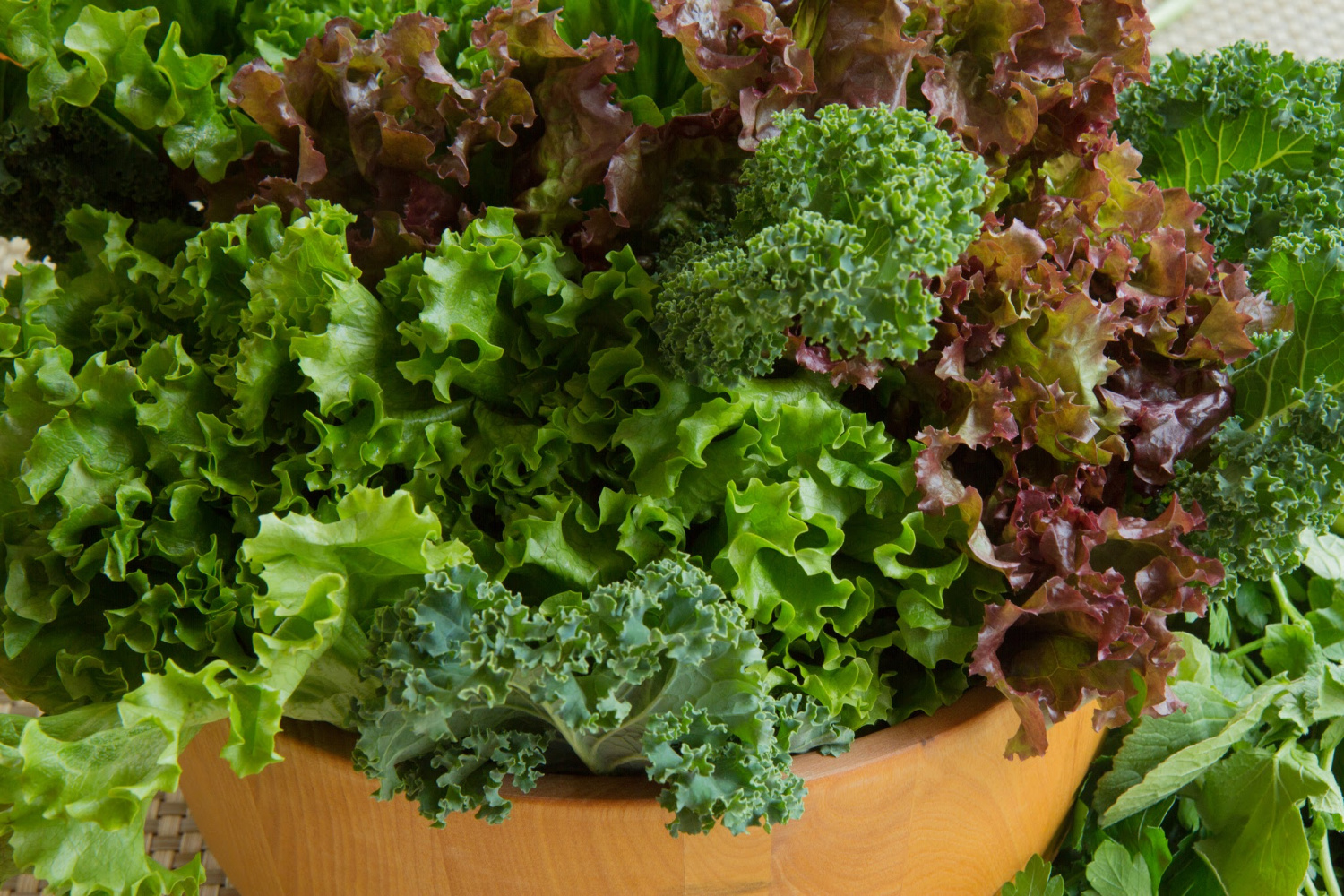
Window box planters
These planters are perfect for a salad garden. A salad garden is when you plant a mixture of greens that you can use when preparing a salad. Armed with a pair of kitchen scissors, you can cut what you need right when you need it to ensure your salad is the freshest it can be.
These 5-gallon window boxes are perfect to use for a salad garden, and they look beautiful as well.

There is nothing like a fresh ready-to-eat garden right outside your door or even your window!
Trash to treasure
Let’s get crazy for a minute and take a look both inside and outside of your home. Old dresser drawers, discarded cooking pots, milk jugs, coffee cans, feed sacks, a wheelbarrow, you name it.
If it can hold dirt for a growing season, handle drainage, and is relatively easy to move it just might work great as a patio garden container.
Just remember, when it comes to size, you are looking at the width and the depth of the planter. I know I have said this before, but if there is not enough room for the roots to really grow and flourish, your plant will be unstable and fragile. This will give you little fruit throughout the growing season.
GREEN MOUNT Raised Garden Bed Planter Boxes with Trellis for Climbing Vegetables Plants Tomato CagePannow 50 Gallon Plant Grow Bags, Round Raised Garden Planting Beds Pots, Heavy Duty Fabric Grow Pot, Durable Breathe Cloth Planting Container for Potatoes Vegetables and Fruits, Gardening & Outdoor
iPower 5-Pack 20 Gallon Plant Grow Bags Thickened Nonwoven Aeration Fabric Pots Heavy Duty Durable Container, Strap Handles for Garden, Tan
BIJOKETTEN 6 Pack Potato Grow Bags 10 Gallon with Flap and Handle, Planter Pots Thick Fabric Garden Containers for Tomato, Vegetable and Fruits
Fabric Raised Garden Bed, Square Plant Grow Bags, Large Durable Rectangular Reusable Breathe Cloth Planting Container for Vegetable, 4 Grids Heavy Pot for Potato, Carrot, Onion, Flower
Fabric Raised Garden Bed, 128 Gallon 8 Grids Plant Grow Bags With Gardening Tools Labels Gloves, 6x3x1ft Rectangle Planting Container for Planter Growing Herbs Flowers Vegetables Potatoes Chillies
Half Barrels
Half barrels are containers that are great for planting a variety of plants, such as a salad garden or a plant that will have a larger root system, such as a vining plant like cucumbers or squash.
Just keep in mind the larger the container, the harder it will be to move. So once a large vegetable garden container such as a half-barrel is planted, it will need to stay put until the growing season is over.
Another thing to remember is the surface of your patio here. A large container that needs to stay put all summer long can ruin the surface of your patio, porch or deck. Take precautions like placing your large planter on a movable base like this one to limit dirt or damage.
Feed Bag
Last year I experimented with growing peppers in a few old feed bags. I was pleasantly surprised at how well these plants did. I used the smaller bags that were leftover from our chicken feed, and they were the perfect size for a bell pepper plant.
Sure, they didn’t look the best, but tucked inside my flower bed, they were almost completely hidden from view.
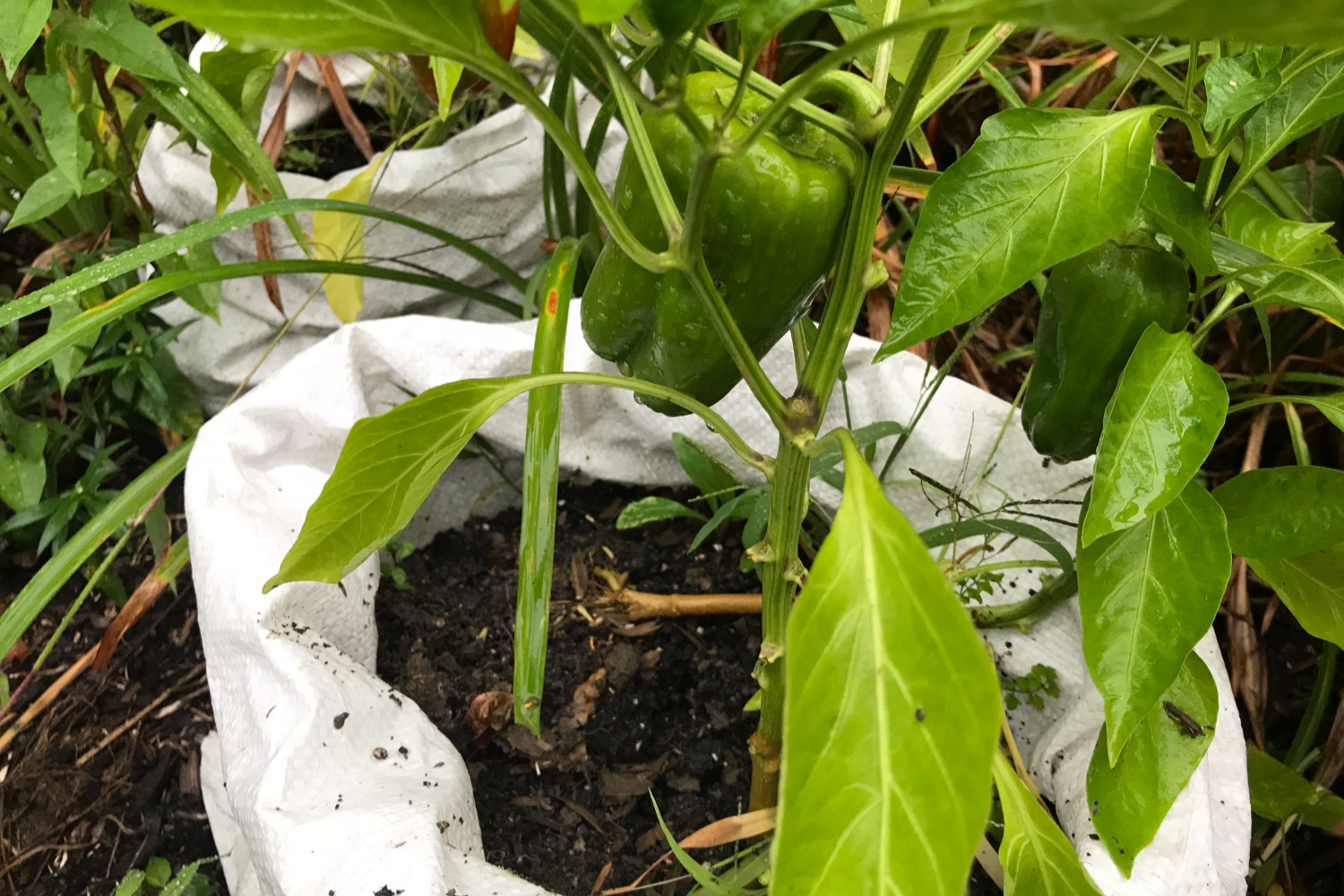
I loved having bell peppers right off our patio and needed more than those several plants grew.
The best part about using feed bags is the ease of moving when needed. At the end of the growing season, I was able to pick up the bags of dirt and put them all into a wheelbarrow. Super simple clean-up makes this option one of my favorites.
Grow Bags
This year I was introduced to my first set of grow bags, and I was really surprised at how much I love to grow in these containers. Not only are they easy to carry, but they come in different sizes so you can grow anything inside.
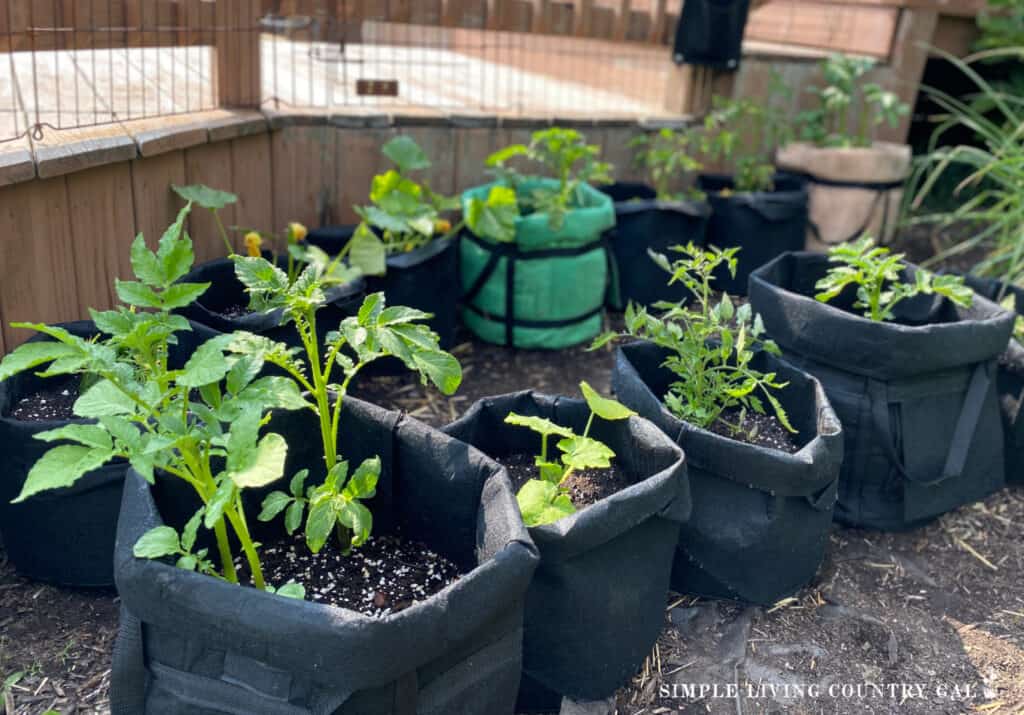
What vegetables can you grow in containers?
Well, if the container is big enough…just about anything!
Remember, the key ingredients to growing a plant are the soil, water, and warm sunshine. As long as you have all three, then you can grow just about anything. The key here is to be sure you have enough room for the plant to grow and the plant’s roots to flourish.
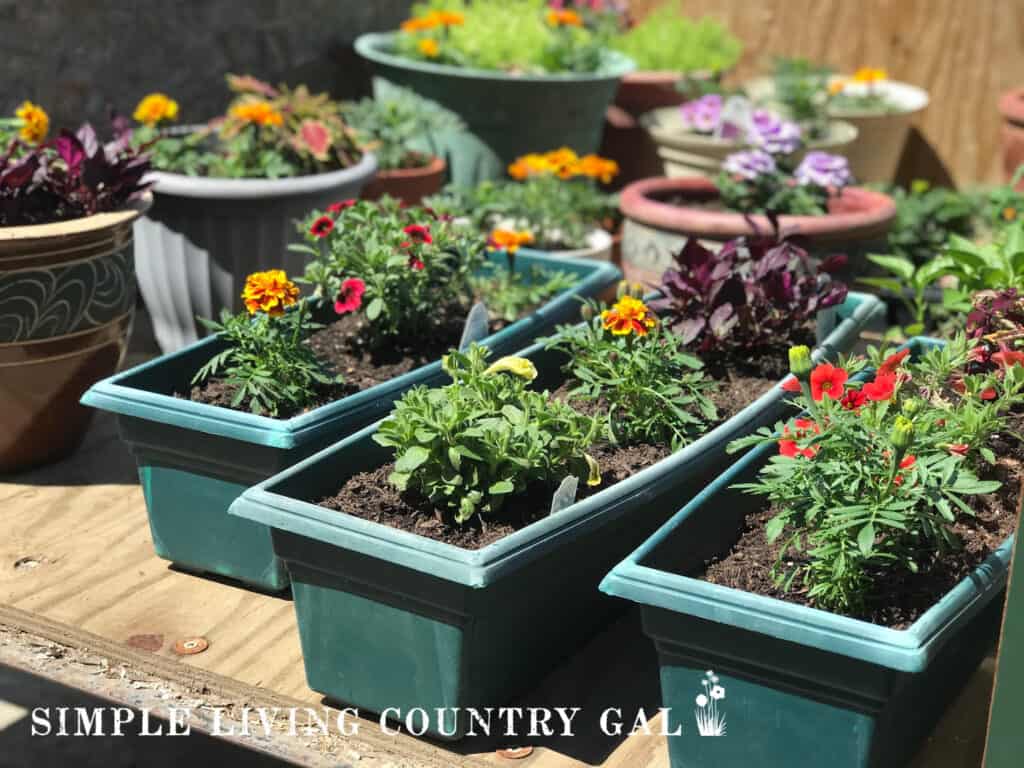
To be sure you have the correct size, you will want to do a little research to find the amount of room a full-size plant takes up. And by correct size, I mean deep enough and wide enough.
Choose your container with the end result in mind. So, in the beginning, your container will dwarf the plant, and that is a good thing.
How to grow vegetables in containers
Now that you have your own list of container gardening ideas that work for you let’s get to planting!
Step #1. Prepare your Containers
Make sure your container is cleaned. A good washing with 1 part household bleach to 9 parts water. Then wash again with gentle soap and water, finishing up with a good thorough rinsing. I also like to allow my containers to dry in the sunshine for an afternoon. The ultraviolet rays of the hot sun work as a natural disinfectant for the containers.
Step #2. When to Plant
Plant your container garden at the same time you would plant any garden. This will all depend on the area where you live and what zone you are in. Usually, the warmer months in spring will be your goal, being sure the threat of frost is over so you don’t hurt your fragile plants.
Lucky for you, if a threat of frost does come, you can cover or even move your containers, protecting them from any damage—something you cannot do in a stationary garden.
If you are not sure of your planting zone, you can find out HERE.
Step #3. Fill the Planter with Dirt
I suggest using good organic soil and staying a few inches from the top of the planter. Remember, the soil will settle after a time, and you may need to add additional soil as the growing season progresses.
The goal is to keep the soil loose and not pack things in too tightly.
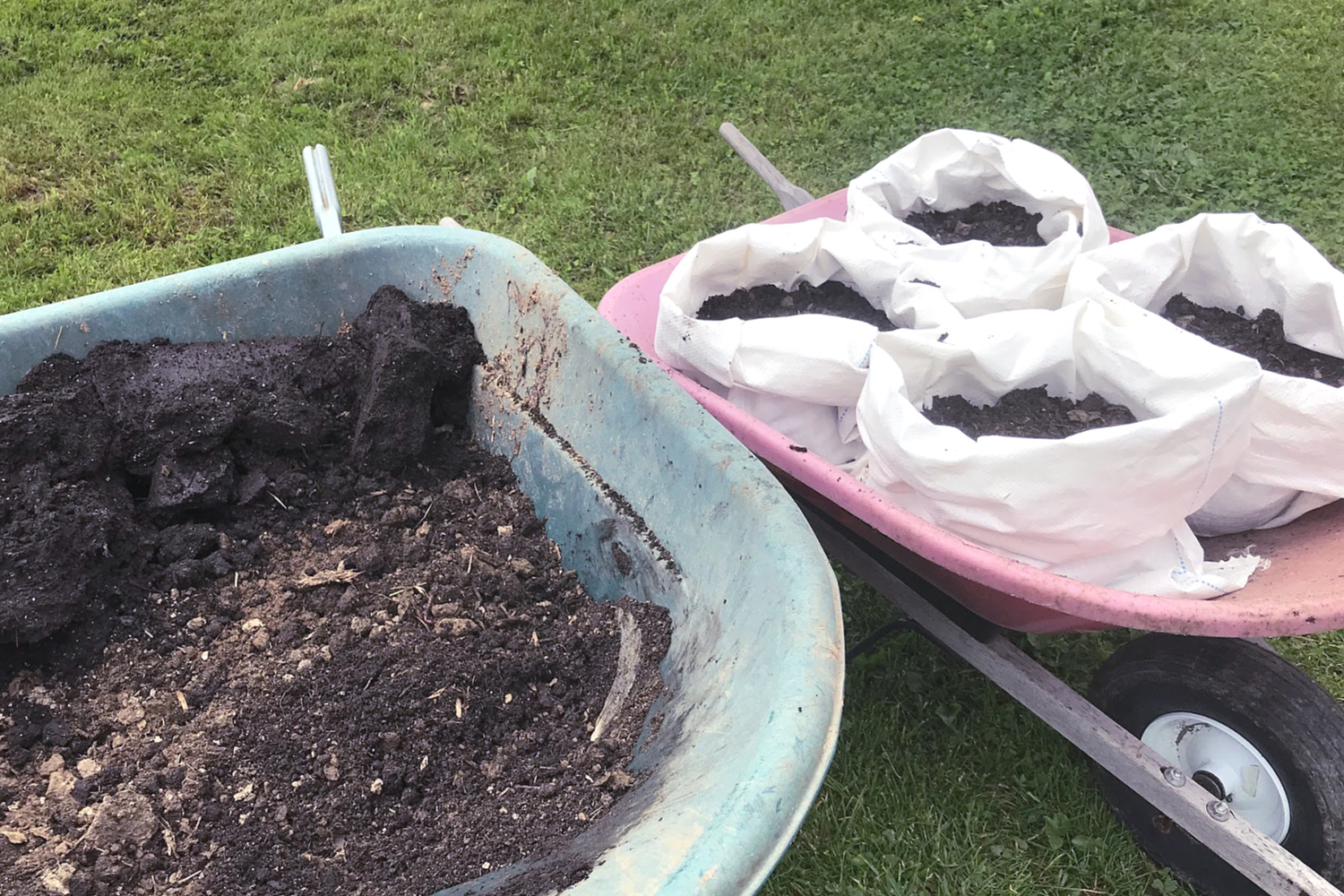
Step #4. Add your Seeds and/or Plants
Before adding, you will want to give things a good water first, allowing the soil to settle so the water can be absorbed completely. This will help the soil hold in the seeds and plantings better while giving those seeds and seedlings the perfect damp environment to grow in. I like to let things sit just an hour or so before planting.
Plant according to the seed or plant’s instructions. A good rule of thumb is the larger the plant, the larger the container is needed. If you want good growth and a healthy harvest, match the plant to the correct-sized container so there is enough space for the root system. Think out AND down. Wide enough for the plant and deep enough for the roots.
Step #5. Watering
The only downfall to vegetable container gardening is watering.
Pots tend to dry out quicker than plants potted directly into the soil. For that reason, you need to have a set routine of daily watering. I like to set a reminder on my phone to be sure I don’t forget.
Use a habit trigger to be sure you do not forget. Your first cup of coffee can come out with you as you water your plants each morning. Soon, just pouring that cup will remind you to water your plants in containers.
Just one morning of not watering can damage your plants, especially those in containers. For that reason, you need to set up as many reminders as you can until this new task becomes a habit.
Step #6. Weeding
Even though you have a vegetable planted contained in a planter, you may still need to do some periodic weeding. I would pick anything out as you water. Again this will allow all the beneficial soil nutrients to go directly to the plant.
Step #7. Daily Inspections
I know it sounds official, but each day as you water, look at your plants. Watch for pests and damaged leaves for any signs something if off. Remove the leaves in question and even take them with you to investigate further.
With access to the internet, you can quickly diagnose a leaf issue before it becomes a plant issue. Often, a leaf issue is just a symptom of over or under-watering. Or watering at the wrong times. Don’t forget to grab your watering guide above!
Leaves with brown tips usually mean too much water, whereas leaves with brown tips AND wilting are a sign of not enough water. Watch your plant, and if you see anything off, investigate further so you know where you can correct it.
Step #8. KEEP NOTES
Whether you have a garden in your backyard or in your kitchen, keeping notes is an important step. This will help you to improve your skills year after year so that your garden improves as well.
Read our post on How to Use a Garden Planner so you can ensure you are keeping the notes you need.
The bottom line is to look at your plants every day to quickly catch when something is not right.
Growing a garden on your back porch is a wonderful way to fill your pantry and freezer with fresh organic food that will last you through winter.
With just a few container vegetable gardening ideas, you can get started right away so this summer, you can enjoy a few fresh and delicious tomatoes right outside your kitchen door.






